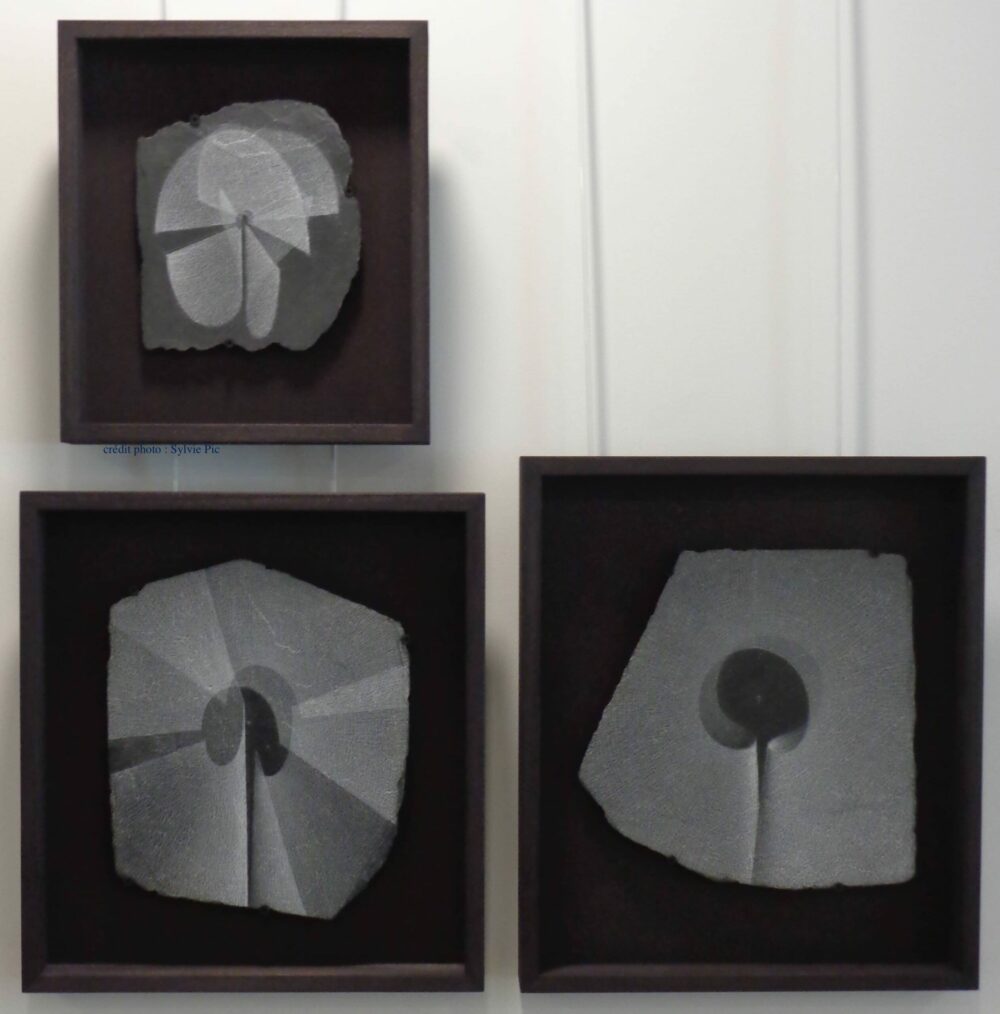
- Cet évènement est passé
Journée traitement du signal
1 décembre 2022/8 h 00 min - 17 h 00 min
jeudi 1er décembre prochain à la journée d’étude, notre équipe Signal-Image organise, à la Frumam 2ème étage, campus Saint Charles, sur le thème des processus ponctuels et applications en traitement du signal et des images et en apprentissage statistique.
Le programme comporte
- le matin de 10h à 12h un mini-cours de 2h donné par Frédéric Lavancier (Université de Nantes)
- l’après-midi de 13h30 à 17h des exposés par A. Desolneux (CNRS Centre Borelli, Paris), C. Allain (INRIA Saclay) et aussi F. Lavancier (vous trouvez les abstracts ci-dessous).
L’inscription est obligatoire et gratuite en envoyant un email à sandrine.anthoine@univ-amu.fr.
Toutes les informations (ainsi que le programme) sont détaillées sur la page Web dédiée et les abstracts des exposés sont ci-dessous
En espérant vous voir nombreux !!
Bien à vous
Clothilde et Sandrine
- Mini-cours de F. Lavancier “Modélisation et inférence des processus ponctuels spatiaux”
Abstract: Les processus ponctuels spatiaux modélisent la répartition aléatoire de points dans l’espace (le plan dans la plupart des applications). Nous verrons comment ils sont définis mathématiquement et les principaux exemples de modèles employés en pratique, selon que la répartition des points est spatialement homogène ou inhomogène, et que l’interaction entre points voisins est nulle, attractive, répulsive ou plus complexe.
Etant donné une réalisation d’un processus ponctuel spatial, c’est à dire l’observation d’un ensemble de points dans un certain domaine, nous détaillerons les outils d’analyse descriptive classiques qui permettent de qualifier la répartition observée et d’éventuellement s’orienter vers une modélisation plus fine. Nous évoquerons également les méthodes d’inférence disponibles pour calibrer les modèles standards.
Etant donné une réalisation d’un processus ponctuel spatial, c’est à dire l’observation d’un ensemble de points dans un certain domaine, nous détaillerons les outils d’analyse descriptive classiques qui permettent de qualifier la répartition observée et d’éventuellement s’orienter vers une modélisation plus fine. Nous évoquerons également les méthodes d’inférence disponibles pour calibrer les modèles standards.
- Exposé d’A. Desolneux “Determinantal Point Processes and applications in imaging”
Abstract: In this talk, I will start by presenting the general framework of discrete determinantal point processes (DPP). Then I will show how they can be adapted to the case of the pixels of an image (with some applications in texture synthesis) and to the case of patches of an image (with some applications in compression/reconstruction).
- Exposé de C. Allain “DriPP: Driven Point Processes to Model Stimuli Induced Patterns in M/EEG Signals”
Abstract: The quantitative analysis of non-invasive electrophysiology signals from electroencephalography (EEG) and magnetoencephalography (MEG) boils down to the identification of temporal patterns such as evoked responses, transient bursts of neural oscillations but also blinks or heartbeats for data cleaning. Several works have shown that these patterns can be extracted efficiently in an unsupervised way, e.g., using Convolutional Dictionary Learning. This leads to an event-based description of the data. Given these events, a natural question is to estimate how their occurrences are modulated by certain cognitive tasks and experimental manipulations. To address it, we propose a point process approach. While point processes have been used in neuroscience in the past, in particular for single cell recordings (spike trains), techniques such as Convolutional Dictionary Learning make them amenable to human studies based on EEG/MEG signals. We develop a novel statistical point process model-called driven temporal point processes (DriPP)-where the intensity function of the point process model is linked to a set of point processes corresponding to stimulation events. We derive a fast and principled expectation-maximization (EM) algorithm to estimate the parameters of this model. Simulations reveal that model parameters can be identified from long enough signals. Results on standard MEG datasets demonstrate that our methodology reveals event-related neural responses-both evoked and induced-and isolates non-task specific temporal patterns.
Article sur https://arxiv.org/abs/2112.
- Exposé de F. Lavancier “Spatial birth-death-move processes : basic properties and estimation of their intensity functions”
Abstract: Various spatio-temporal data record the time of birth and death of individuals, along with their spatial trajectories during their lifetime, whether through continuous-time observations or discrete-time observations. The data at hand can be viewed as a random set of points, the cardinality and the position of which evolve stochastically through time. Natural applications include epidemiology, individual-based modelling in ecology, spatio-temporal dynamics observed in bio-imaging, and computer vision. To model this kind of data, we introduce spatial birth-death-move processes, where the birth and death dynamics depends on the current spatial state of all alive individuals and where individuals can move during their lifetime according to a continuous Markov process. We present some of the basic probabilistic properties of these processes and we consider the non-parametric estimation of their birth and death intensity functions. We prove the consistency of kernel estimators in presence of continuous-time or discrete-time observations, under fairly simple conditions. We moreover discuss how we can take advantage in practice of structural assumptions made on the intensity functions and we explain how data-driven bandwidth selection can be conducted, despite the unknown (and sometimes undefined) second order moments of the estimators. We finally apply our statistical method to the analysis of the spatio-temporal dynamics of proteins involved in exocytosis in cells. This is a joint work with Ronan Le Guével (Rennes 2).
